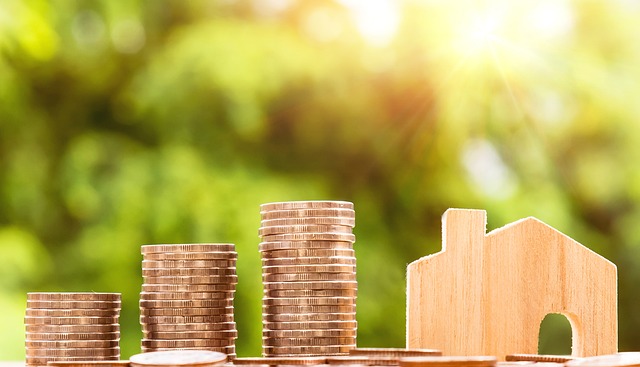Silver Market has been a key player in the global commodities market for centuries. It has experienced tremendous fluctuations in price (albeit sometimes small) over its long history! However, silver's performance in recent years has been nothing short of spectacular. In fact, since 2002, the silver market has seen an impressive rise of around 236% - making it one of the most successful investments available today.
Despite this incredible growth, however, there is still much fluctuation within the silver market as prices can quickly drop and rise depending on various factors such as political instability and economic changes. For instance, while gold prices remain relatively stable during periods of political turmoil or economic downturns, silver prices tend to be more volatile. This makes it difficult for investors to accurately predict the future performance of the silver market.
Nevertheless, many investors continue to view silver as a smart investment option due to its ability to both diversify their portfolios and protect against inflationary pressures. With its historical performance being so favorable and demand continuing to increase from both industrial and investor sources alike, there is no sign that silver will cease being an attractive asset anytime soon! So despite its occasional volatility, investing in silver remains an astute choice for those looking for a safe bet amongst other commodities markets.
In conclusion, although difficult at times to predict, Silver Market has historically had a strong performance over time with amazing gains made since 2002. Despite its occasional volatility due to external factors beyond our control, many investors still consider it a good choice when looking for potential returns on their investments thanks in part to its ability perdition inflationary pressures and portfolio diversification benefits.
The outlook for the future of the silver market is uncertain! Despite its recent surge in value, there's no telling what could (or couldn't) happen next. There are several factors that could affect the price of silver, such as supply and demand, political instability, and macroeconomic trends. However, it's difficult to determine which of these will have the greatest impact on prices.
In terms of supply and demand, silver prices may be subject to fluctuations due to changes in production or consumption levels. For example, increased production could lead to a decrease in prices while decreased production would likely result in an increase. Similarly, if more people start buying silver products or investing in this metal then that may also drive up prices. On the other hand, if fewer people buy silver goods or invest in it then that could cause a drop in its worth.
Political instability can also be a factor when considering the future of the silver market. If governments impose trade restrictions or sanctions on certain countries then this could limit their ability to purchase and/or sell silver products which might then affect its price globally. Additionally, if there's any kind of conflict between nations regarding access to resources like gold & silver then this too could influence prices significantly.
Finally, macroeconomic trends can also play an important role in determining where the future of the silver market is headed. If global economic growth slows down then so does demand for this precious metal which can lead to lower prices whereas faster growth may result in higher values. Furthermore, central banks' decisions regarding monetary policies such as interest rates can also have an effect on how much people are willing to pay for silver-based assets like coins & bars resulting either into increases or decreases depending on their actions taken over time.
Overall it's hard to predict with certainty what will happen with regards to the future of the silver market but some things are sure: supply & demand levels along with political stability & macroeconomic trends will all play key roles regardless!
